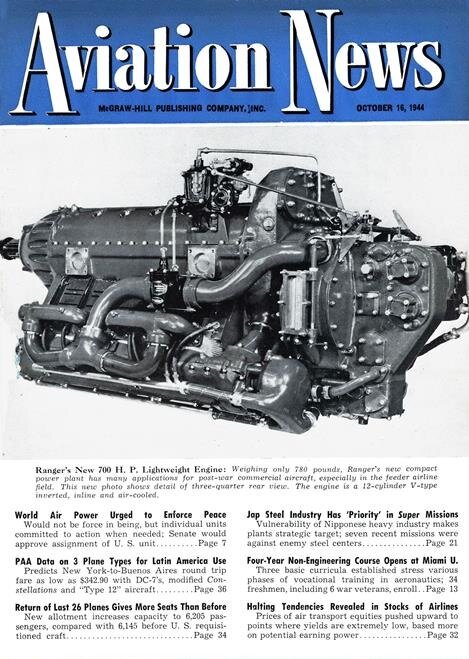- Joined
- 25 June 2009
- Messages
- 14,109
- Reaction score
- 4,244
Ever heard of the Douglas « Skybus »? I can hear you from here: "Of course! That was supposed to be a much-enlarged airliner derivative of the XB-42 Mixmaster..."
Well, yeah. But no. Not THAT Skybus. A couple of days ago I came across this eBay item, an article about ANOTHER Douglas Skybus project. Much more conventional in layout (and probably a bit earlier too) it shares quite a few similarities with the Douglas DC-5, from which it seems to be derived, although it is different enough to be clearly considered a separate design.
Anyone know about that project? Although the scan is blurry, one can read "AIR TRANSPORT - SEPTEMBER 1944" at the bottom of the pages (I thought it was 1941 at first, but the seller gives it as a 1944 document).
The seller gives the aircraft's full designation as being the « Douglas ATA-A1 Skybus », another mystery since this is nowhere near a standard Douglas designation either!
Well, yeah. But no. Not THAT Skybus. A couple of days ago I came across this eBay item, an article about ANOTHER Douglas Skybus project. Much more conventional in layout (and probably a bit earlier too) it shares quite a few similarities with the Douglas DC-5, from which it seems to be derived, although it is different enough to be clearly considered a separate design.
Anyone know about that project? Although the scan is blurry, one can read "AIR TRANSPORT - SEPTEMBER 1944" at the bottom of the pages (I thought it was 1941 at first, but the seller gives it as a 1944 document).
The seller gives the aircraft's full designation as being the « Douglas ATA-A1 Skybus », another mystery since this is nowhere near a standard Douglas designation either!







